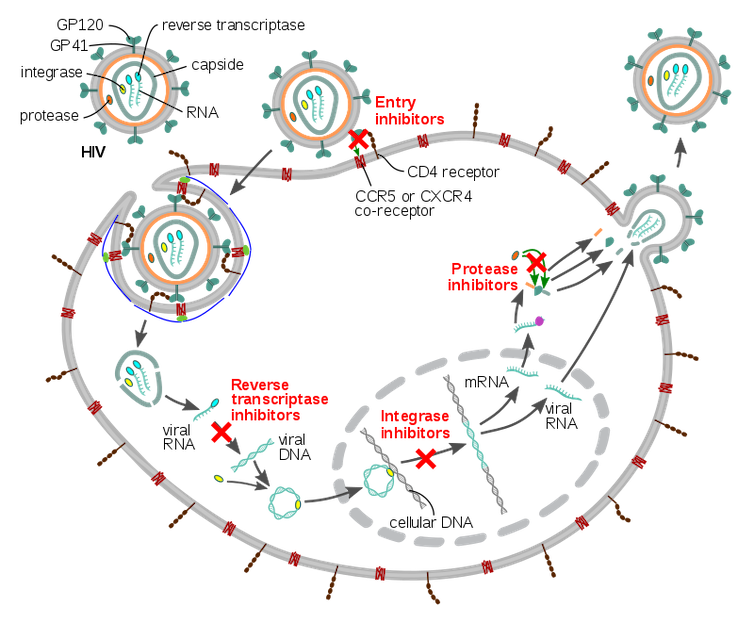Antiviral drugs are generally considered to be a 20th century invention. But recent research has uncovered an unexpected facet to your immune system: It can synthesize its own antiviral molecules in response to viral infections.
My laboratory studies a protein that makes these natural antiviral molecules. Far from a modern human invention, nature evolved cells to make their own “drugs” as the earliest defense against viruses.
How antivirals work
Viruses have no independent life cycle – they are completely dependent on the cells they infect to supply all the chemical building blocks needed to replicate themselves. Once inside a cell, the virus hijacks its machinery and turns it into a factory to make hundreds of new viruses.
Antiviral drugs are molecules that inactivate proteins essential to the functioning of the virus by exploiting the fundamental differences in the way that cells and viruses replicate.
One key difference between cells and most viruses is how they store their genetic information. All cells use DNA to store their genetic information. DNA is a long, chainlike molecule built from four different chemical building blocks, each representing a different “letter” of the genetic code. These building blocks are connected by chemical bonds in a head-to-tail fashion to produce strings of millions of letters. The order of these letters spells out the genetic blueprint for building a new cell.
Many viruses, however, store their genetic information using RNA. RNA is built from a chain of four chemical letters, just like DNA, but the letters have slightly different molecular structures. RNA is single-stranded, while DNA is double-stranded. Viral genomes are also much smaller than cellular genomes, typically only a few thousand letters long.

This diagram shows how four different classes of antiviral drugs inhibit HIV. One stops viruses from entering cells, and three inhibit different viral enzymes.
Thomas Splettstoesser/Wikimedia Commons, CC BY-SA
When a virus replicates, it makes many copies of its RNA genome using a protein called RNA polymerase. The polymerase starts at one end of the existing RNA chain and “reads” the string of chemical letters one at a time, selecting the appropriate building block and adding it to the growing strand of RNA. This process is repeated until the entire sequence of letters has been copied to form a new RNA chain.
One class of antiviral drugs interferes with the RNA copying process in a cunning way. The head-to-tail construction of the RNA chain requires each chemical letter to have two connection points – a head to connect to the previous letter and a tail to allow the following letter to be added on. These antivirals mimic one of the chemical letters but crucially lack the tail connection point. If the RNA polymerase mistakes the drug for the intended chemical letter and adds it to the growing RNA chain, the copying process stops…



